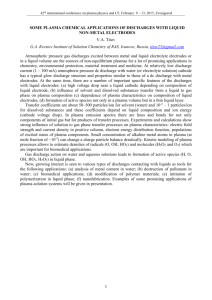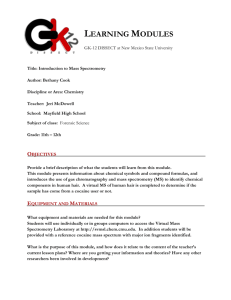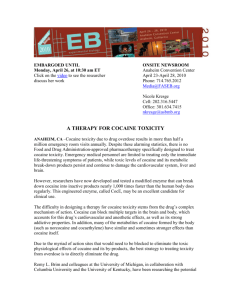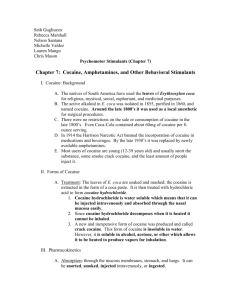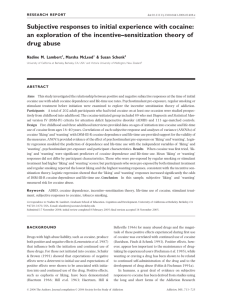Supplementary Information (doc 29K)
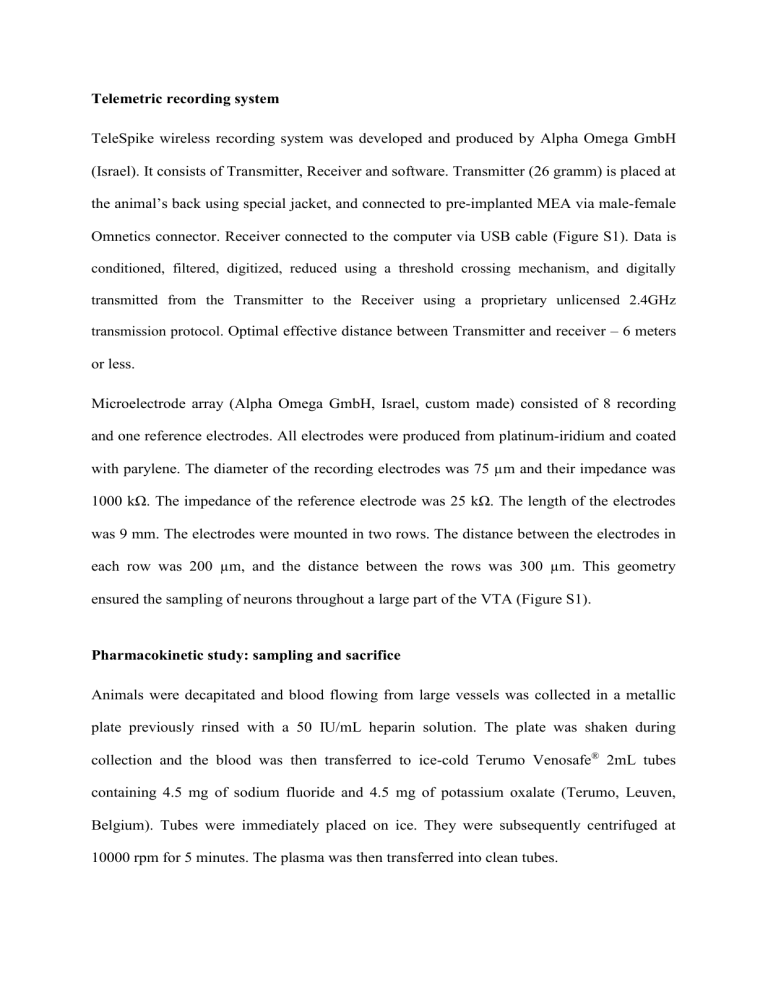
Telemetric recording system
TeleSpike wireless recording system was developed and produced by Alpha Omega GmbH
(Israel). It consists of Transmitter, Receiver and software. Transmitter (26 gramm) is placed at the animal’s back using special jacket, and connected to pre-implanted MEA via male-female
Omnetics connector. Receiver connected to the computer via USB cable (Figure S1). Data is conditioned, filtered, digitized, reduced using a threshold crossing mechanism, and digitally transmitted from the Transmitter to the Receiver using a proprietary unlicensed 2.4GHz transmission protocol. Optimal effective distance between Transmitter and receiver – 6 meters or less.
Microelectrode array (Alpha Omega GmbH, Israel, custom made) consisted of 8 recording and one reference electrodes. All electrodes were produced from platinum-iridium and coated with parylene. The diameter of the recording electrodes was 75 µm and their impedance was
1000 kΩ. The impedance of the reference electrode was 25 kΩ. The length of the electrodes was 9 mm. The electrodes were mounted in two rows. The distance between the electrodes in each row was 200 µm, and the distance between the rows was 300 µm. This geometry ensured the sampling of neurons throughout a large part of the VTA (Figure S1).
Pharmacokinetic study: sampling and sacrifice
Animals were decapitated and blood flowing from large vessels was collected in a metallic plate previously rinsed with a 50 IU/mL heparin solution. The plate was shaken during collection and the blood was then transferred to ice-cold Terumo Venosafe
®
2mL tubes containing 4.5 mg of sodium fluoride and 4.5 mg of potassium oxalate (Terumo, Leuven,
Belgium). Tubes were immediately placed on ice. They were subsequently centrifuged at
10000 rpm for 5 minutes. The plasma was then transferred into clean tubes.
Brains were concomitantly dissected, weighed (1.32 ± 0.10 g, n = 22) and placed into ice-cold
Falcon
®
tubes containing 5mL of 1N hydrochloric acid and 1mL of 2% sodium fluoride.
Brain tissue was then homogenized with an Ultra Turrax T18 dispersing machine (Ika,
Staufen, Germany).
Plasma and brain homogenate samples were stored in a freezer at -20°C until the day of analysis. This relatively slow method using a non-frost-free freezer was shown to yield results similar to those obtained using a more rapid freezing in liquid nitrogen, with regard to cocaine and metabolite concentrations (Wansaw et al , 2005).
Before the analysis, samples were thawed and brain homogenates centrifuged at 10000 rpm for 30 minutes. An aliquot of the obtained supernatant was then analysed.
Sample extraction and chromatographic conditions
For the analysis of cocaine and BZE in rat blood and brain homogenates, we adapted a method consisting of an ultra-high performance liquid chromatography coupled to tandem mass spectrometry (UHPLC-MS/MS) which is routinely used in our laboratory for the determination of several drugs in human serum. This fully validated method has been previously described (Dubois et al , 2010).
Briefly, a solution containing cocaine-d
3
and BZE-d
3
(internal standards) was added to 100
µL of rat plasma or to 200 µL of supernatant obtained from brain homogenate to give a final concentration of 500 ng/mL of each internal standard. Sample pre-treatment consisted of solid-phase extraction using Oasis MCX cartridges (1mL, 30mg; Waters, Zellik, Belgium).
The eluate was evaporated to dryness under gentle nitrogen flow and reconstituted with 100
µL of a mixture of ammonium formate 5 mM (pH 3) and methanol adjusted to pH 3 with formic acid 90:10 (v/v). Ten µL were injected into the column.
Analysis was performed on a UPLC Acquity coupled to a Quattro Premier tandem mass spectrometer (Waters, Zellik, Belgium). The chromatographic separation was done on an
Acquity HSS T3 column (2.1 x 100 mm, 1.8 µm, Waters). Gradient elution was performed at a constant flow of 0.5 mL/min using a mobile phase composed of 5 mM ammonium formate buffer (pH 3) and methanol adjusted to pH 3 with formic acid. Compounds were next analysed by tandem mass spectrometry operated in the multiple reaction monitoring (MRM) mode.
Calibration standards were prepared by spiking drug-free plasma and blank brain homogenate with stock solution containing cocaine and BZE. Concentrations ranged from 50 to 1000 ng/mL (0.165 to 3.296 µM) for cocaine and from 100 to 2000 ng/mL (0.346 to 6.913 µM) for
BZE in plasma. Concentrations in the brain tissue ranged from 426.1 ng/g to 6818 ng/g for cocaine and from 14.20 ng/g to 227.3 ng/g for BZE.
Dubois N, Debrus B, Hubert P, Charlier C (2010). Validated Quantitative simultaneous
Determination of cocaine, opiates and amphetamines in serum by U-HPLC coupled to tandem mass spectrometry. Acta Clin Belg 65 (Supplement 1): 75-84.
Wansaw MP, Lin SN, Morrell JI (2005). Plasma cocaine levels, metabolites, and locomotor activity after subcutaneous cocaine injection are stable across the postpartum period in rats.
Pharmacol Biochem Behav 82 (1): 55-66.

